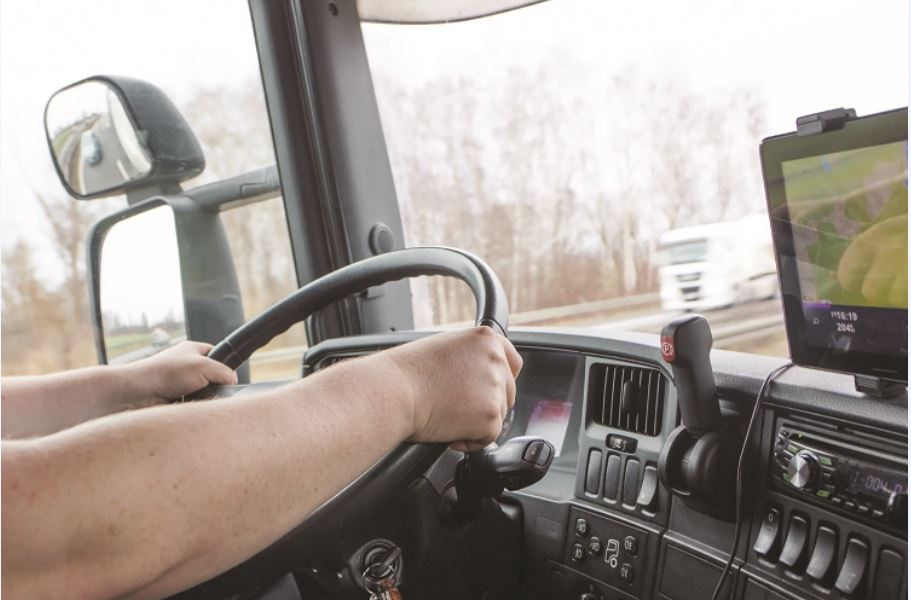If you have been in trucking for a while, you have seen many changes to safety technology through the years. These safety products promise to make your operation safer, with fewer accidents and downtime. So, why aren’t all carriers investing in the latest in fleet safety technology? As you might expect, the answer to this question differs by motor carrier.
If it were an easy decision, every carrier would be purchasing all the advanced fleet safety products on the market today. But every operation is unique, with its own combination of safety problems, driver concerns, maintenance challenges, equipment upgrades, and CSA scores to address, while also keeping the bottom line in mind. With the trucking industry operating on historically thin margins, any expenditure on upgraded or new technology will likely have to consider its return on investment (ROI)—whether it will make the company safer and more competitive or just add cost. Other issues include the time to install new systems, employee training, and the expected shelf life due to advancing technology.

These technologies are expected to have longer staying power in the industry than others:
- Disc brakes
- Collision mitigation technology
- ELD/driver scorecards/GPS/truck cameras
- Trailer tracking and temperature monitoring
- Operations software, dispatch, dynamic routing, and maintenance
This article will review Collision Mitigation Systems (CMS), which have come a long way since their early introduction.
“It’s getting to be more and more the norm that fleets are adopting collision mitigation systems, said Art Trahan, Ryder’s Senior Manager assigned to national accounts. “I don’t think we’ve pushed over the 50% mark because, like everything else, there’s a cost involved.”
While collision mitigation systems often share common features such as an integrated camera, radar, and braking systems, they may utilize different operation methods, including:
- The collision mitigation system identifies a potential crash situation with a vehicle or obstacle ahead by using combined camera and radar data to generate an early prediction of the situation and allow for a reduction in the vehicle’s speed
- Stationary vehicle braking (SVB) assists the driver when approaching a line of stopped traffic. Combining the use of radar and camera data to confirm the object ahead, the system alerts the driver and begins to slow the vehicle.
- Other systems use smart cameras to read the posted speed limit and compare it to the actual vehicle speed. Depending upon the speed threshold set, the system will alert the driver and, if high speed continues, alert the motor carrier.
- Adaptive cruise control and braking is designed to help the driver maintain a safe following distance. When the distance between two vehicles becomes too close, the adaptive cruise control system provides driver warnings and can take action, including applying the brake, to achieve a safe distance.
- Some systems combine radar and camera components to create lane departure warnings. These alerts signal the driver of potentially hazardous situations and, if continued, send the alert back to the motor carrier.
- Other systems offer a form of driver coaching and training to address undesired driving practices.
Regardless of the system you choose, safety technology can help your company’s bottom line. It can help drivers avoid crashes or reduce severity. It can also provide driver coaching and instill good habits among drivers. With fewer accidents, a fleet will achieve lower accident-related costs and less downtime of equipment and drivers, helping to improve driver morale and often increasing fuel savings.
Posted by Cliff J. on July 18, 2019 in Trucker Focus
References:
https://www.ttnews.com/articles/collision-mitigation-advances

